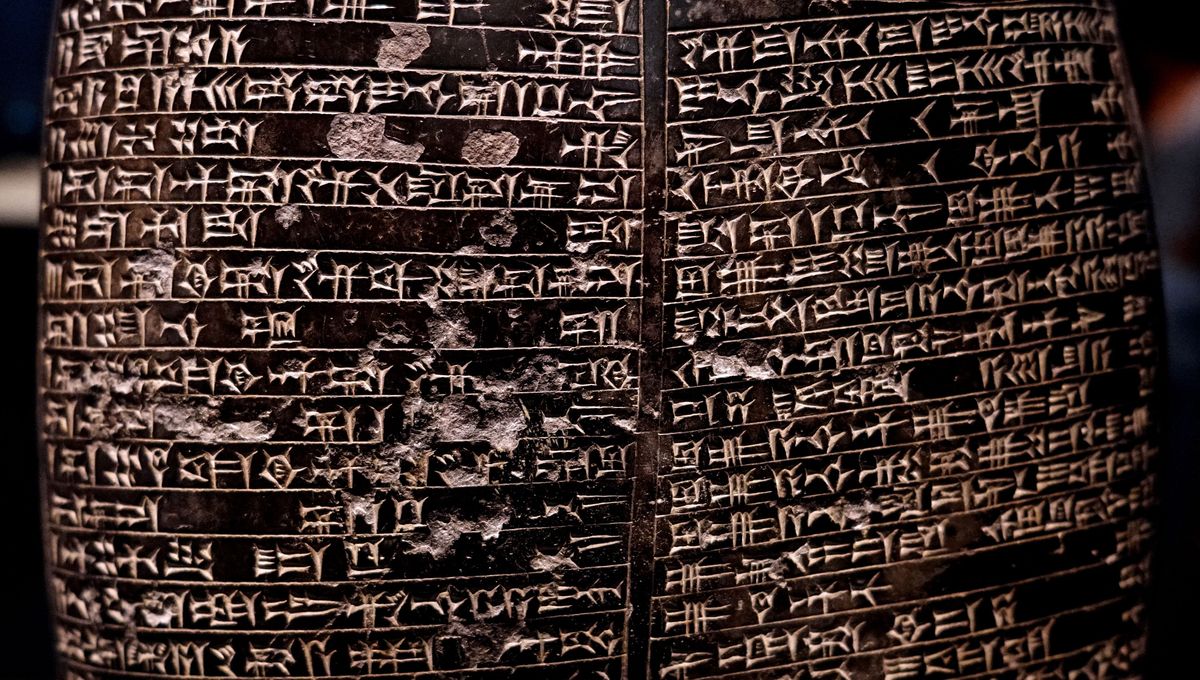
Archaeologists and computer scientists have worked together to create an artificial intelligence (AI) program capable of translating ancient cuneiform texts. The researchers say their goal is for the program to form part of a “human-machine collaboration”, which will assist future scholars in their study of archaic languages.
Cuneiform is thought to be the oldest writing system in the world. Recorded by gouging symbols into clay tablets, it was originally developed by the Mesopotamians in what is now Iraq, where it started out as a way of keeping track of bread and beer rations. The system quickly spread throughout the ancient Middle East, where it remained in use continuously for over 3,000 years.
Thousands of documents, most written in either the Sumerian or Akkadian languages using the cuneiform script, survive to this day; but translating them can be a major headache. For one thing, there simply aren’t that many people with the necessary expertise. For another, the texts are often broken up into fragments.
Apart from that, it’s really hard to translate a text without a good sense of the cultural context in which it was written. Since we can’t speak to the Mesopotamians and ask them things like, “Why is this joke supposed to be funny?”, that does present a barrier.
That’s where AI comes in. A multidisciplinary team, led by Gai Gutherz of Tel Aviv University and Shai Gordin of Ariel University, Israel, has developed a convolutional neural network approach that essentially acts like Google Translate for ancient Akkadian.
There are two versions of the model. One translates directly from Unicode representations of the cuneiform characters – the computational equivalent of each individual symbol used in the writing system.
The other requires the cuneiform to first be transliterated into the Latin alphabet – this is the usual first step for human translators when approaching these documents. Helpfully, the authors cracked this first step in a previous study, with a machine-learning approach that could transliterate and segment Unicode cuneiform with 97 percent accuracy.
The model that used the transliterated text performed slightly better, which is perhaps unsurprising. Cuneiform is complex. As the authors explain, each individual glyph can have one of three different functions, which greatly expands the number of possible translations for a piece of text: “For example, the sign ‘UD,’ originally a pictograph of the Sun(-god), has more than 17 phonetic and 6 logographic values that can only be securely read in context. Sometimes, even experts cannot figure out the proper sign value.”
The program is not perfect – it works best with shorter sentences of 118 characters or fewer, and it did occasionally produce “hallucinations”, strings of perfectly correct English that unfortunately bore no resemblance to the Akkadian it was supposed to be translating. As we know, hallucinations are an occupational hazard of working with AI.
However, in the majority of cases, the translation produced by the program had a high degree of accuracy, particularly with more formal texts like royal decrees. The sentence length limitation also shouldn’t pose too much of a problem in the real world, since cuneiform tends to be divided up into manageable sections on the clay tablets.
Even more excitingly, the program was able to faithfully reproduce the style of each text, something that the researchers did not expect: “In almost every instance, whether the [translation] is proper or not, the genre is recognizable. This provides a kind of summary of the context, recognizing the main content elements of the Akkadian text.”
This is where the “human-machine collaboration” comes into play. In the future, the team envisages that their program could provide a useful first pass at a text, saving valuable time for scholars who would then be able to refine the translation further.
Deciphering ancient texts has already led humanity to some fascinating finds, and using AI to streamline the process will open the door to many more discoveries.
The study is published in the journal PNAS Nexus.
[H/T: Heritage Daily]
Source Link: Google Translate For Cuneiform? Archaeologists Have Used AI To Find A Way